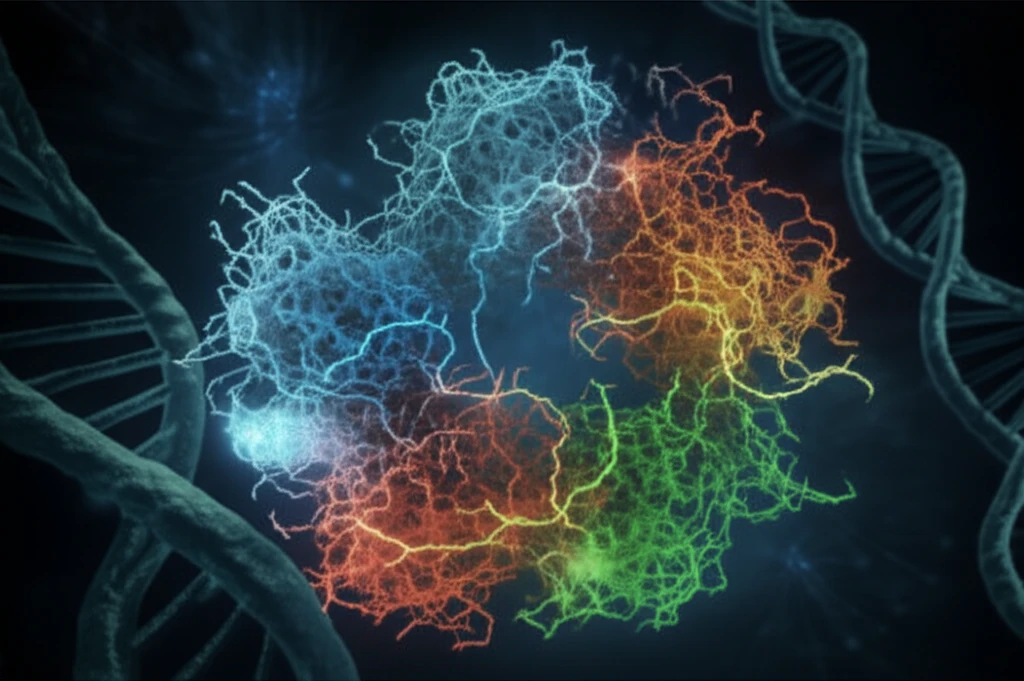
Decoding Life's Blueprint: How Protein Folding Reveals Nature's Secrets
"Unraveling the mysteries of protein structure and function, from Schrödinger's vision to modern breakthroughs in molecular biology."
Proteins are the workhorses of our cells, carrying out a vast array of functions essential for life. From catalyzing biochemical reactions to transporting molecules and providing structural support, proteins are indispensable. The key to their function lies in their intricate three-dimensional structures, which arise through a process known as protein folding.
In a recent issue of Proteins: Structure, Function, and Bioinformatics, a groundbreaking paper by Škrbić et al. sheds new light on this fundamental process. Titled "The elixir phase of chain molecules," the study unveils a novel phase of matter that offers fresh insights into how proteins achieve their native, functional states. This discovery resonates with the historical quest to understand the very nature of life, harking back to Erwin Schrödinger's influential 1944 book, "What is Life?"
Schrödinger's book, written nearly a century ago, grappled with the question of how the laws of physics could account for the complexity and order of living organisms. He proposed that the secret lay in what he termed "aperiodic crystals"—structures with a non-repeating, information-rich arrangement of atoms. This idea foreshadowed the discovery of DNA and the genetic code, and it inspired a generation of physicists to turn their attention to biology. The research by Škrbić et al. continues this legacy, offering a new perspective on the protein folding problem that aligns with the principles of polymer physics.
The Physics of Protein Folding: A New Perspective

The conventional view of protein folding emphasizes the role of specific attractive interactions in guiding the process. According to this perspective, a multitude of forces, such as hydrogen bonds and hydrophobic interactions, work together to stabilize the native fold. This has led to the widely held belief that protein folding is essentially a complex energy minimization problem.
- Simplified Model: Uses a semi-flexible backbone of beads with defined diameters and allowed overlaps.
- Interaction Distance: Assigns a favorable energy to backbone beads within a threshold distance.
- Volume Exclusion: Side chain beads exclude volume, influencing the folding pathway.
- Square Well Potentials: Represents attraction and repulsion using simple energy scales.
From Simplicity to Understanding: The Future of Protein Folding Research
The work of Škrbić et al. not only provides a novel perspective on protein folding but also answers Schrödinger's enduring question about the nature of life. By demonstrating that complex structures can arise from simple physical principles, their model highlights the power of reductionist approaches in biology. Their findings open new avenues for research and offer valuable insights into the fundamental processes that govern life at the molecular level.
